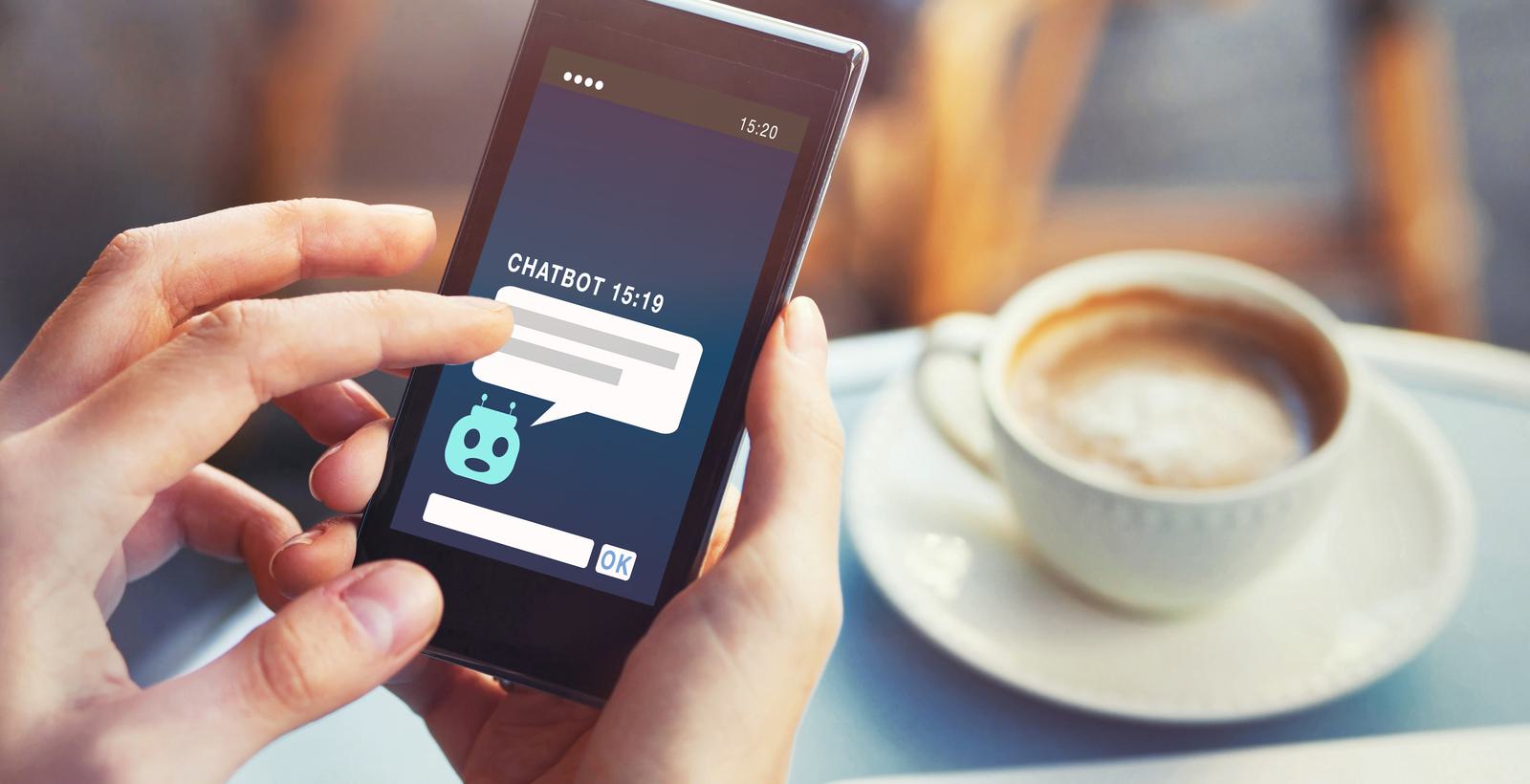How to use your B2B website as a sales tool, Part 2: Chatbots
Chatbots start conversations with prospects and lead them down carefully cultivated paths

If you woke up tomorrow morning as a snack — any snack in the world, no limitations — what snack would you be?
If your answer is “I’m already a snack,” then clearly you’re winning at life and don’t need our help.
We’ve used variations of that question in job interviews at Motum B2B, but you could easily use it at a party, in a speed-dating scenario or in a psych evaluation of your favorite serial killer. Maybe. It helps set the tone of the conversation and learn about the person across from you — in this case, you can gauge if they’re sociable and able to play along with unusual requests.

For those who struggle with icebreakers and conversation-starters, there’s a great piece of website tech that can help with that. And it’s not a snackbot, though that would be pretty great.
It’s a chatbot.
You may have noticed one on our website (her name is MB-2B). A chatbot is a program that starts conversations with users and gives them a handy tool for quick queries. It also accelerates their journey through marketing and sales funnels, giving you insight into their needs without having to dig too deep.
In other words, it’s a shortcut for you and the user. Let’s talk about why it works and how to design a chatbot for your B2B business.
A far cry from a cold call
For a small amount of real estate on your website, one chatbot does a lot of work. It gets users where they need to go, fast — whether it’s a specific product page, a chat with technical support or a face-to-face meeting with you.
That may seem counter-intuitive — if someone wants to talk to a human, why give them a bot? — but it actually helps users spend less time fiddling with forms or navigating to the wrong pages on your website. When done right, it’s also more charming than your average B2B buying process, which can sometimes be cold and impersonal.
Chatbots bring warmth and ease to your opening talks with customers thanks to a concept called conversational marketing. Here’s how the term is defined by conversational marketing company Drift:
What is conversational marketing?
Conversational marketing is the fastest way to move buyers through your marketing and sales funnels through the power of real-time conversations. It builds relationships and creates authentic experiences with customers and buyers.
Part of that relationship-building experience is learning about visitors and their needs. Design a chatbot to ask qualifying questions about leads, which will tell you who they are and what they want in minutes. The bot can use that information immediately to recommend the next steps.
With all that in mind, the chatbot is one of the best B2B sales and marketing assistants you could ask for. By making it easier for users to engage with your business, you get them further down the funnel while spending less time and energy.
“The bot gives you options that are preset and logic-programmed to steer a prospect towards a conversion,” says Steve Lendt, Director of Engagement and Analytics at Motum B2B. “Let’s say it was connected to my calendar — a potential new customer could use the chat to select a time and date to speak with me.”
Which brings us to our next point: chatbots powered by Drift come loaded with special skills and functionalities. Your bot can help entice users to reach out for a meeting, then send a calendar invite they can accept in one click.
“Booking is a powerful part of Drift,” says Steve. “It saves a lot of time on both sides by scheduling things automatically.”
It’s certainly easier than filling out a crusty old form and waiting for an email.
Make it personal, keep it painless
How do you craft a chatbot that works for your business? There are oodles of options and creative ways to draw up a chatbot playbook, but there are some basic concepts to learn first.
For starters, you don’t want to overwhelm your visitor with choices. Each chatbot playbook should be designed with a goal in mind, with about 3–5 questions to get them there.

Goals might include booking a meeting or phone call, chatting with a real person, signing up for an email newsletter or sharing a piece of content, to name a few.
Then it’s important to frame each question in an open-ended way — don’t provide “no” answers because these shut down the conversation without giving the visitor anything useful. Besides, if they want to stop chatting, they can just close the dialog box.
For example, let’s say you’re asking the user if they need help. One obvious answer is “yes, please help me” but the other choice could be something like “actually, I need an example of your work.” That gives visitors the option to ask for help in a different way.
Once you get into it, you’ll see there are endless ways to tailor these conversations for specific situations.
“You don’t need to have the exact same conversation sitewide,” Steve explains. “Playbooks can be specific to a page or a piece of content, and they can vary based on the type of visitor your chatbot receives.” That could be a new visitor, a known visitor from a particular source or an unknown returning visitor.
You could have one playbook, five playbooks or more than 10, but in every instance, you need unique parameters to design the flow of conversation. It’s all about making the chatbot as helpful as it can be.
Start new conversations
Chatbots and conversational marketing propels your marketing and sales process in ways you’ve never imagined, even helping you learn more about site visitors as they enter information.
Curious to know more? Dive into Drift’s handy overview of conversational marketing and its benefits.
If you want to know exactly how a chatbot can work for your B2B business, you’re in the right place. We recently became channel partners with Drift, so we’re primed and ready to talk your ear off about it. Give us a shout — and don’t forget to say hi to our new pal, MB-2B!
Part 1 of "How to use your B2B website as a sales tool" covers web interactives. Check it out here.